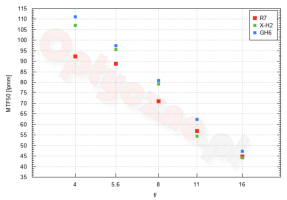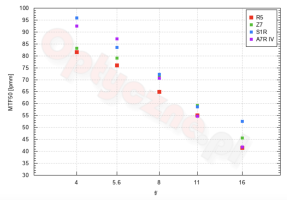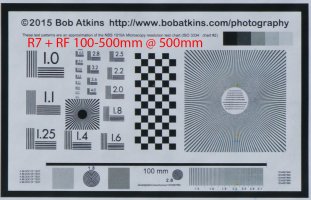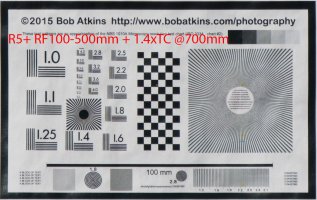The pixel pitch of the R7 is 3.2µ and the R5 4.39µ, so the R7 potentially resolves 4.39/3.2 x the detail, ie 1.37x. Put a 1.4x on the R5 and it gives 1.4x in theory, which is pretty much a wash, in theory. But, on the one hand the 1.4x will degrade resolution to some extent and on the other the R5 sensor has a much weaker AA-filter and better resolution. Optyczne measures the R7 sensor to have only about 15% more resolution than the R5 with an f/4 lens, rather than 37%, pretty much in line with my own experience. And that decreases with increasing f-number. In practice, the R5 with 1.4xTC outresolves the R7.1. The R7 has some additional AF features compared to the R5, like pre-capture and subject tracking in all AF zones, but whether it is "better" is debatable.
2. Yes, the R7 should resolve more detail than the R5 with 1.4x TC.
3. Depends on how you define image quality, but in my opinion, the answer to this would be no.
4-7. all valid, in my opinion.
Upvote
0







